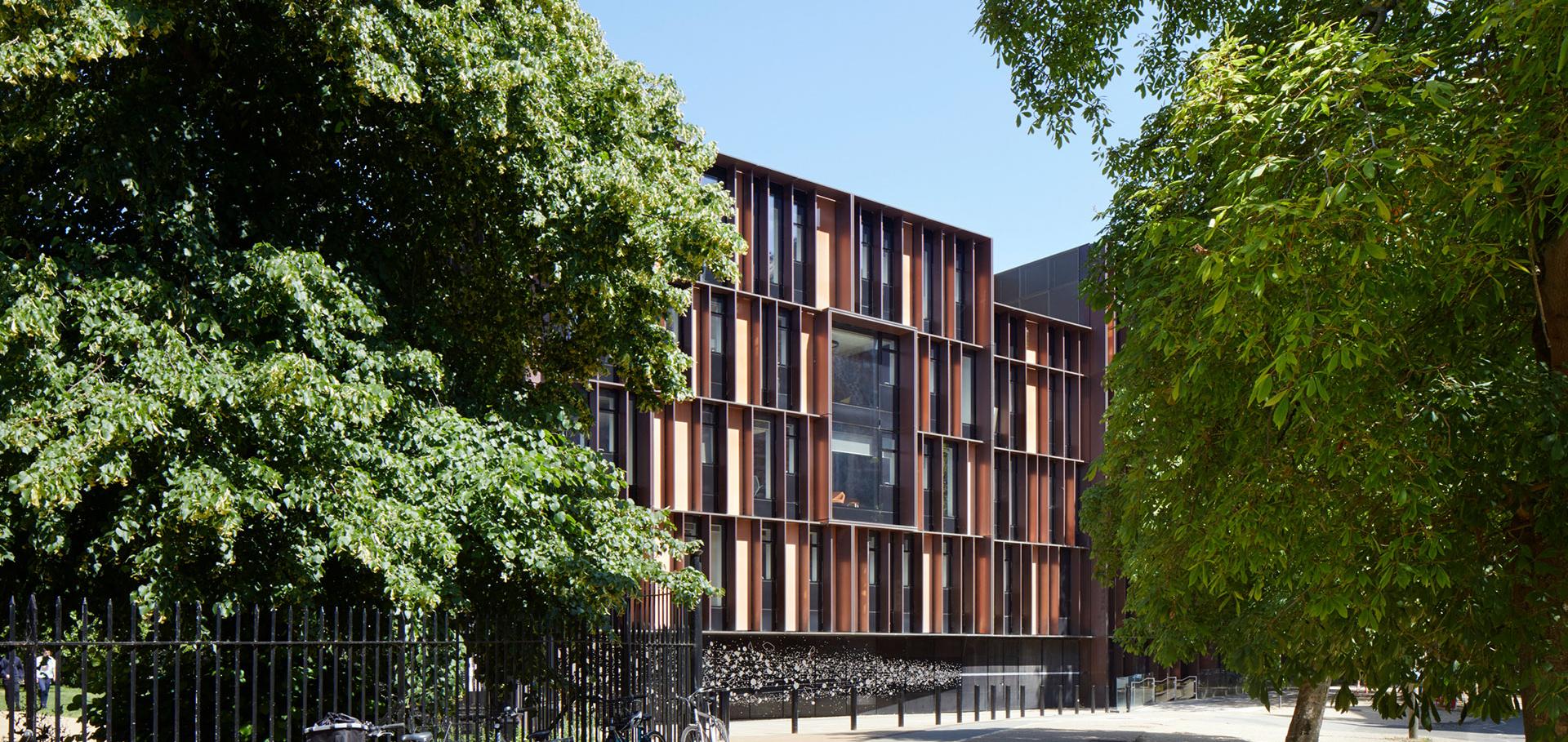Radiation hardness of two CMOS prototypes for the ATLAS HL-LHC upgrade project.
Journal of Instrumentation IOP Publishing 11:02 (2016) c02005-c02005
Modifications to a commercially available linear mass spectrometer for mass-resolved microscopy with the pixel imaging mass spectrometry (PImMS) camera
Rapid Communications in Mass Spectrometry 28:15 (2014) 1649-1657
Abstract:
RATIONALE Imaging mass spectrometry is a powerful analytical technique capable of accessing a large volume of spatially resolved, chemical data from two-dimensional samples. Probing the entire surface of a sample simultaneously requires a detector with high spatial and temporal resolutions, and the ability to observe events relating to different mass-to-charge ratios. METHODS A commercially available time-of-flight mass spectrometer, designed for matrix-assisted laser desorption/ionization (MALDI) analysis, was combined with the novel pixel imaging mass spectrometry (PImMS) camera in order to perform multi-mass, microscope-mode imaging experiments. A number of minor modifications were made to the spectrometer hardware and ion optics so that spatial imaging was achieved for a number of small molecules. RESULTS It was shown that a peak width of Δm50% < 1 m/z unit across the range 200 ≤ m/z ≤ 800 can be obtained while also achieving an optimum spatial resolution of 25 μm. It was further shown that these data were obtained simultaneously for all analytes present without the need to scan the experimental parameters. CONCLUSIONS This work demonstrates the capability of multi-mass, microscope-mode imaging to reduce the acquisition time of spatially distributed analytes such as multi-arrays or biological tissue sections. It also shows that such an instrument can be commissioned by effecting relatively minor modifications to a conventional commercial machine. Copyright © 2014 John Wiley & Sons, Ltd.Covariance imaging experiments using a pixel-imaging mass-spectrometry camera
Physical Review A - Atomic, Molecular, and Optical Physics 89:1 (2014)
Abstract:
The "pixel imaging mass spectrometry" camera is used to perform femtosecond laser-induced Coulomb explosion imaging of 3,5-dibromo-3′, 5′-difluoro-4′-cyanobiphenyl molecules prealigned in space. The experiment allows the concurrent detection of the correlated two-dimensional momentum images of all the ionic fragments resulting from fragmentation of multiple molecules in each acquisition cycle. The Coulomb explosion studies provide rich information about the parent molecular structure and fragmentation dynamics, and open new opportunities for real-time imaging of intramolecular processes. © 2014 American Physical Society.Fast sensors for time-of-flight imaging applications.
Physical chemistry chemical physics : PCCP Royal Society of Chemistry 16:2 (2014) 383-395
Abstract:
The development of sensors capable of detecting particles and radiation with both high time and high positional resolution is key to improving our understanding in many areas of science. Example applications of such sensors range from fundamental scattering studies of chemical reaction mechanisms through to imaging mass spectrometry of surfaces, neutron scattering studies aimed at probing the structure of materials, and time-resolved fluorescence measurements to elucidate the structure and function of biomolecules. In addition to improved throughput resulting from parallelisation of data collection - imaging of multiple different fragments in velocity-map imaging studies, for example - fast image sensors also offer a number of fundamentally new capabilities in areas such as coincidence detection. In this Perspective, we review recent developments in fast image sensor technology, provide examples of their implementation in a range of different experimental contexts, and discuss potential future developments and applications.The C-Band all-sky survey (C-BASS): Design and implementation of the Northern receiver
Monthly Notices of the Royal Astronomical Society 438:3 (2014) 2426-2439


